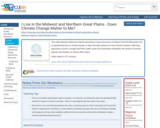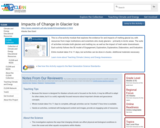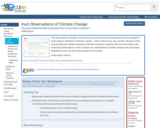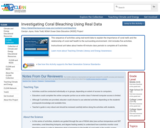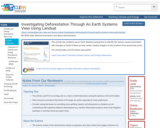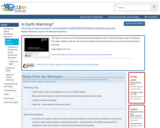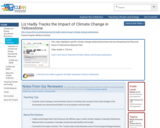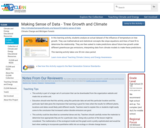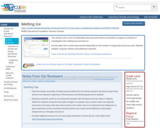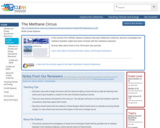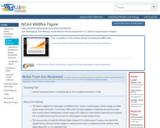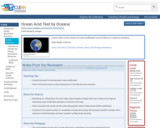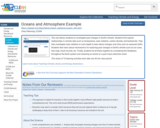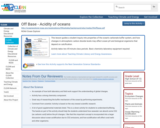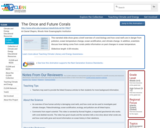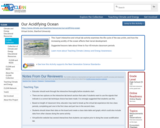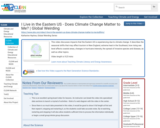
This video discusses impacts that the Eastern US is experiencing due to climate change. It describes the seasonal shifts that may affect tourism in New England, extreme heat in the Southeast, how rising sea level affects coastal areas, changes in hurricane intensity, the spread of invasive species and disease, as well as other topics.
- Subject:
- Atmospheric Science
- Physical Science
- Material Type:
- Diagram/Illustration
- Reading
- Provider:
- CLEAN: Climate Literacy and Energy Awareness Network
- Provider Set:
- CLEAN: Climate Literacy and Energy Awareness Network
- Author:
- Global Weirding Series
- Katharine Hayhoe
- Date Added:
- 06/25/2019
